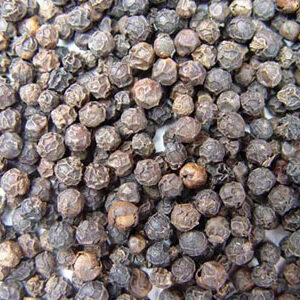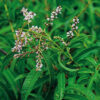Valerian Root
13,00€ – 135,00€
Valerian Officinalis is native to Europe, North America, and the northern part of Asia.
Valerian Root Essential Oil
Botanical Name: Valeriana Officinalis
Plant Part: Root
Extraction Method: Steam
Origin: China
Description: Valerian Officinalis is native to Europe, North America, and the northern part of Asia. Altogether, the genus contains about 150 different species. These are widely distributed throughout the temperate zones. Both the root and the rhizome are highly prized for their healing properties. The major healing components found in the valerian root are valepotrits, valeranic acid, valeranone, valereal. These are all volatile oils that are found only in valerian.
History: Valerian Root is gaining in popularity as a natural alternative to commercially available sedatives.
Color: Clear
Consistency: Medium
Note: Base
Strength of Aroma: Medium
Blends well with: Valerian Root essential oil blends well with Patchouli, Pine, Lavender, Cedarwood, Mandarin and Rosemary.
Aromatic Scent: Valerian Root has an earthy, slightly sweet scent characteristic of an oil derived from a root, with a strong earthy and woody characteristic.
Valerian essential oil has an earthy aroma that can be enjoyed topically or aromatically. Diffuse this grounding oil as the perfect bedtime companion or massage it into the bottoms of your feet after a long day to foster moments of peace.
Aromatherapy Applications: Highly valued for its healing properties, this herb is known to combat nervousness, tension and panic attacks.
It may have limited aromatherapy applications but it is commonly used to fight insomnia and many believe that it improves the heart function and reduces muscle tension.
Also helps Sensitive skin, irritation, Muscle spasms
Cardiovascular / Lymphatic: Palpitations, heart pain, spasms, neuralgia
Immune: Fevers
Digestive: Nervous indigestion
Nervous Brain/ Mind: Insomnia, nervousness, tension, agitation, nervous headaches, panic attacks
Cautions: This product should be avoided during pregnancy, and around children. It has possible skin sensitizing properties. At low doses it appears to be non-toxic and non-irritating. There is also some documentation claiming that overuse may cause lethargy.
Primary Storage Considerations: Keep away from direct light (U.V. radiation) Keep in the amber glass bottle with lid tightly closed. Only open when you need to and decant into a smaller “working” amber glass bottle if possible (and label so you know what is in it). This is to reduce oxidation.
Secondary Storage Considerations: Keep in a refrigerator at around 4 degrees celsius.
Related products
8,00€ – 55,00€










